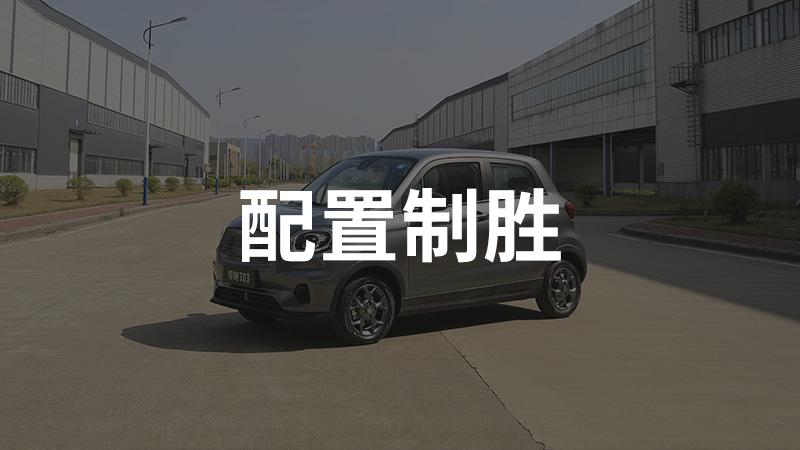After the epidemic, we had our first offline test drive event, featuring the LINGPAI T03.

T03 is the second car model of LINGPAI, and it is interesting to note that the two existing car models of LINGPAI have very diverse consumer groups. S01 has uniquely targeted the niche market of pure electric two-door sports cars, while T03 has entered the highly competitive market of micro pure electric vehicles.
Although the micro pure electric vehicle market is vast, it is not lacking players, with existing models such as BYD e1, the popular and cute-looking ora R1, and the current sales champion Wuling Mini EV having entered this market.
In this highly competitive and crowded market, the breakthrough for the LINGPAI T03 lies in its high-end configuration.
After seeing the T03 car in person, @42号车库 made a surprising comment on Weibo, stating that many people were looking forward to this small car. After our test drive, I believe that in terms of configuration, endurance, power, and chassis performance, the LINGPAI T03 has a significant advantage over other models in its class.
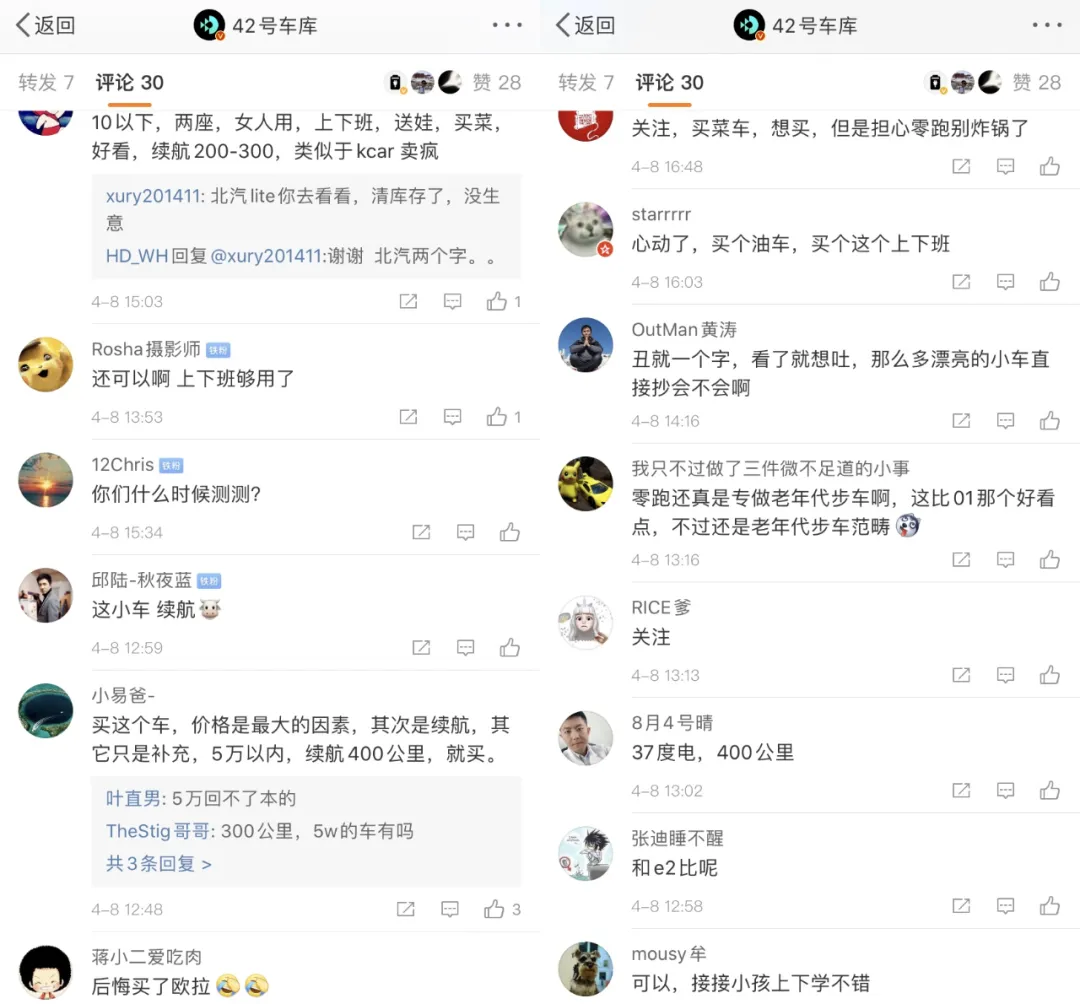
It should be noted that the test drive vehicle we used was a PP-phase prototype, and some details will continue to be optimized during production. Any issues encountered during our test drive have been reported to LINGPAI staff.
Are you satisfied with the appearance of the T03?
As a micro car, appearance is an important factor that affects purchase decisions, so let’s start by looking at the exterior.
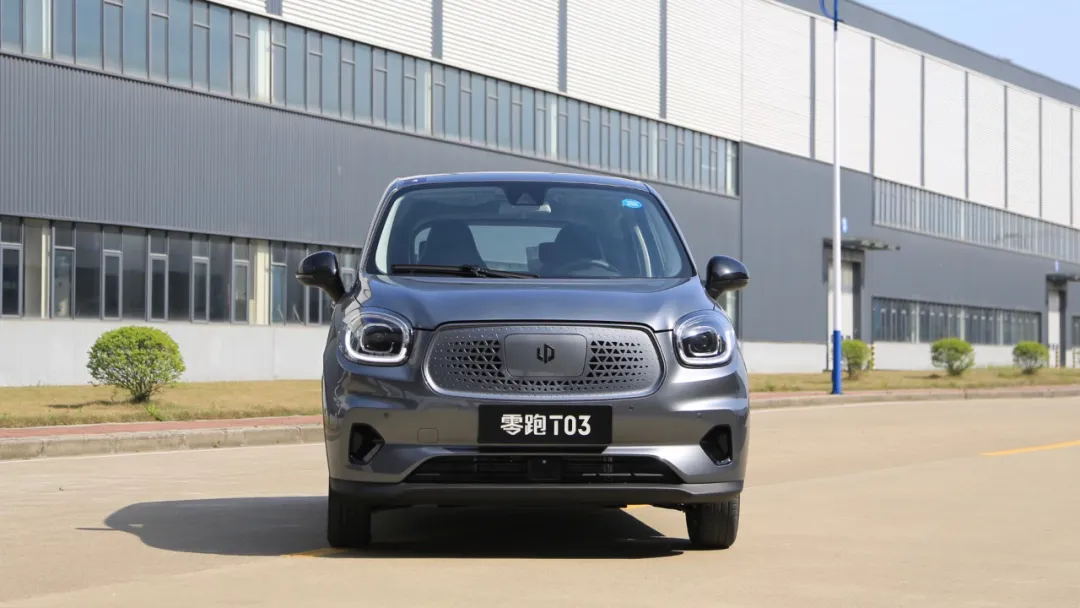
Most models in the micro car category go for a cute and adorable look, and the LINGPAI T03 is no exception. This has proven to be a valid approach, but it requires a harmonious design.
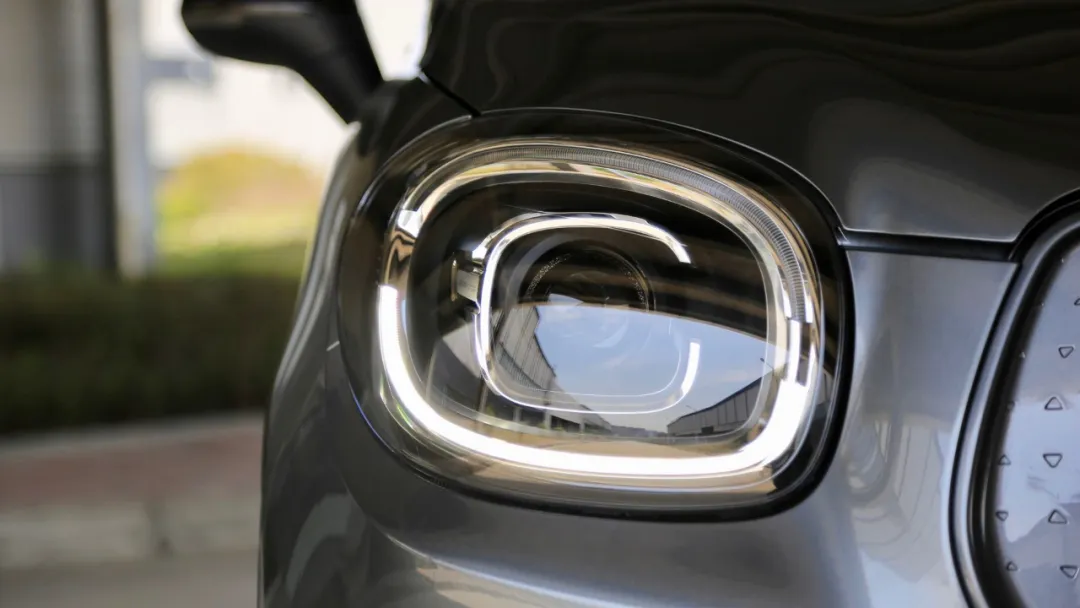
With its elliptical headlights and C-shaped LED daytime running lights, the T03 gives a refined first impression. The front face of the LINGPAI T03 offers two user-selectable options: fully enclosed and honeycomb. The fully enclosed front face gives the T03 a fuller and cuter look, which complements the headlight design.
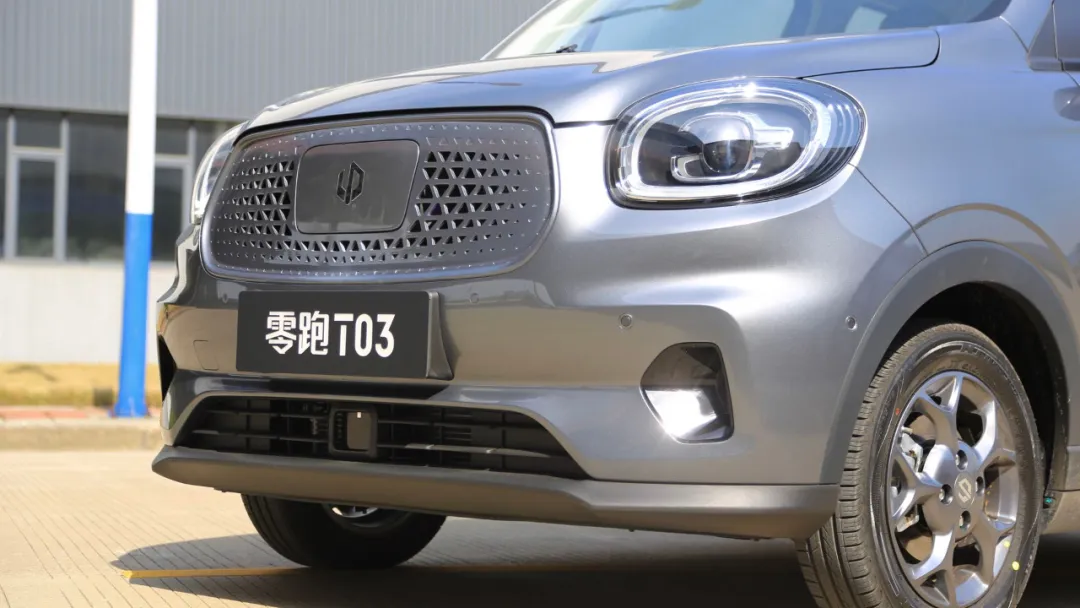

There is a small gap between the front hood and the front face connection of T03, which slightly affects the perceived quality. We have also fed back this issue to the staff at LI (Zero Run) and they will optimize it in the next production car.
Below the logo are the fast charging and slow charging interfaces.
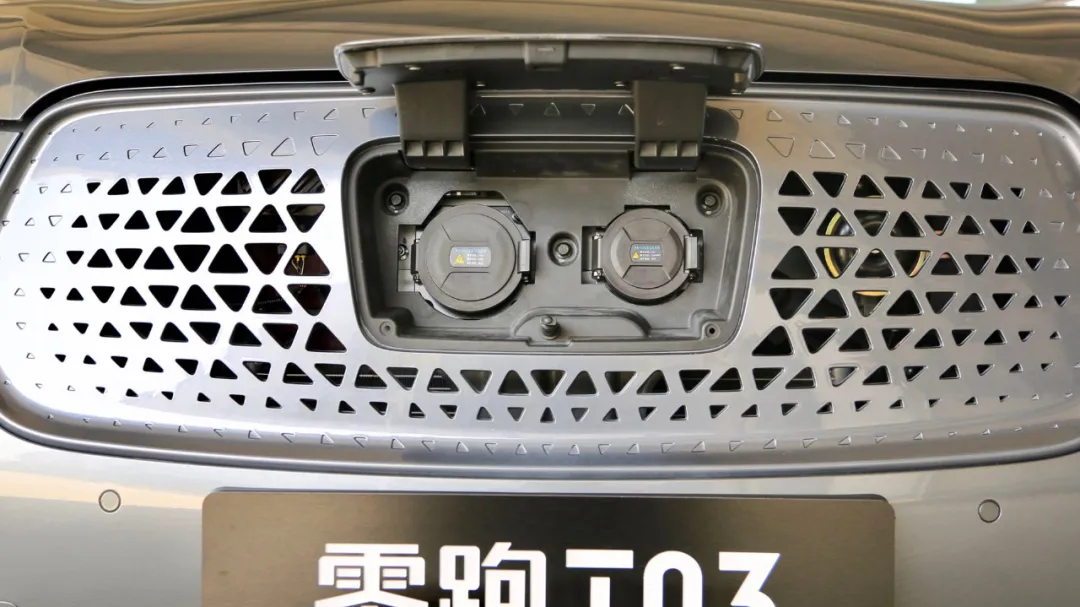
Looking at the side of the car, T03 adopts a four-wheel four-corner design with a length of 3620mm and a wheelbase of 2400mm. The overall design is also coordinated enough.
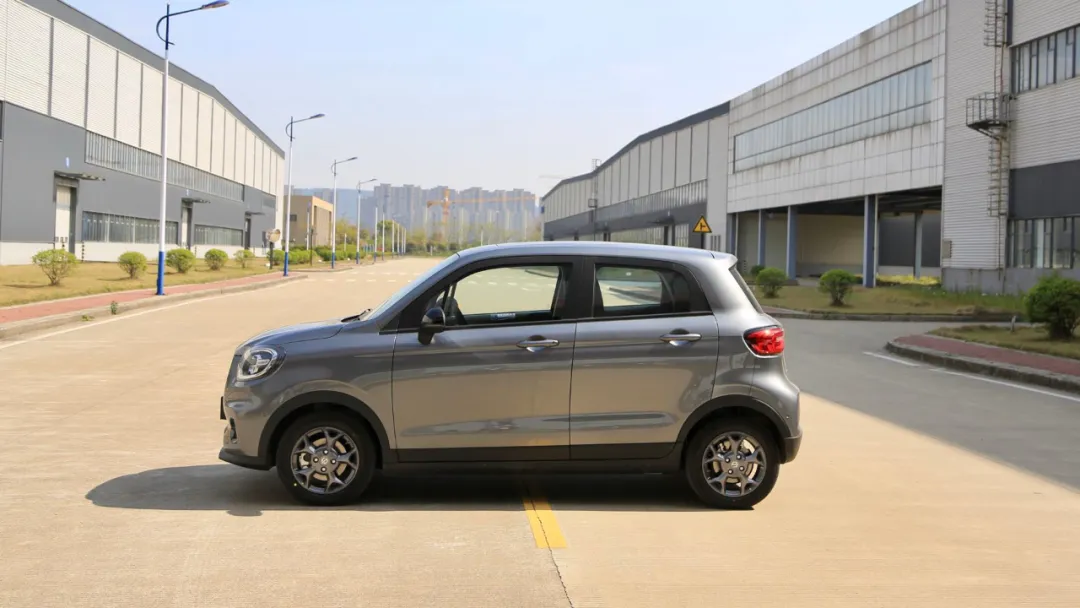
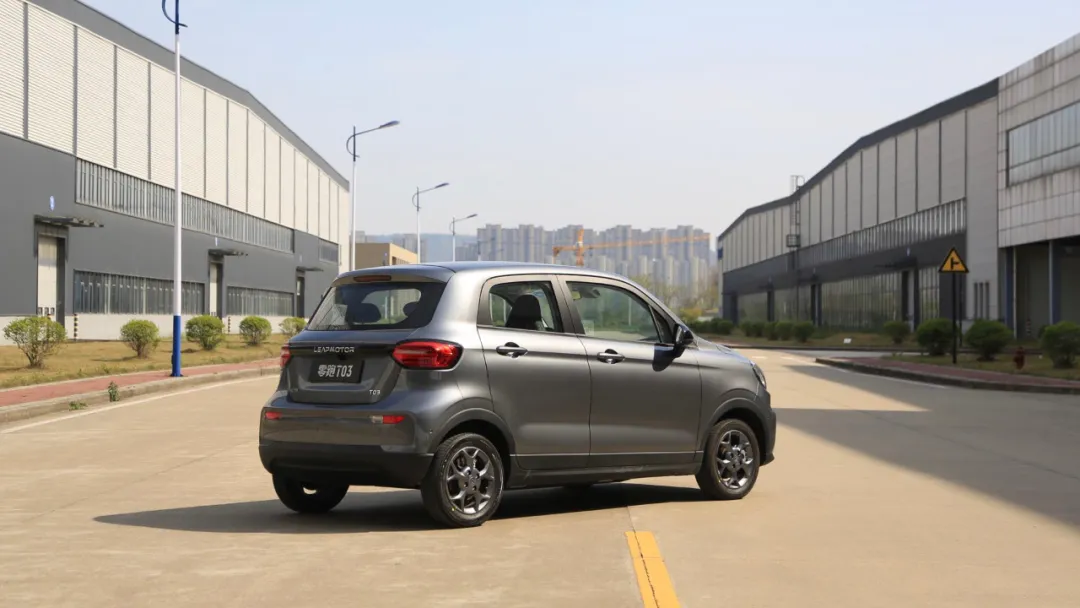
T03’s hub comes in two versions: 14 inches and 15 inches. The 14-inch version has a Y-shaped design with a gunmetal color, which looks very beautiful, but the actual effect is slightly small. The 15-inch multi-colored hub is more plump. According to the manufacturer’s configuration planning, all models will be equipped with 14-inch hubs, and the 15-inch hubs are available for selection.
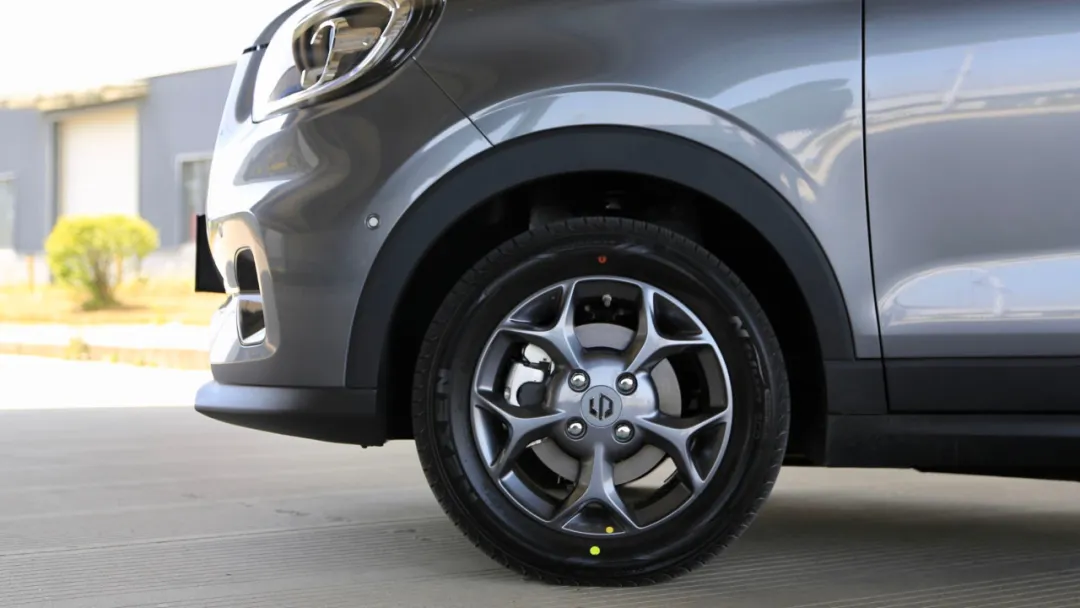

In the rear of the car, T03’s taillights also use LED strips, which feel more delicate than traditional halogen bulbs and point-shaped LEDs.
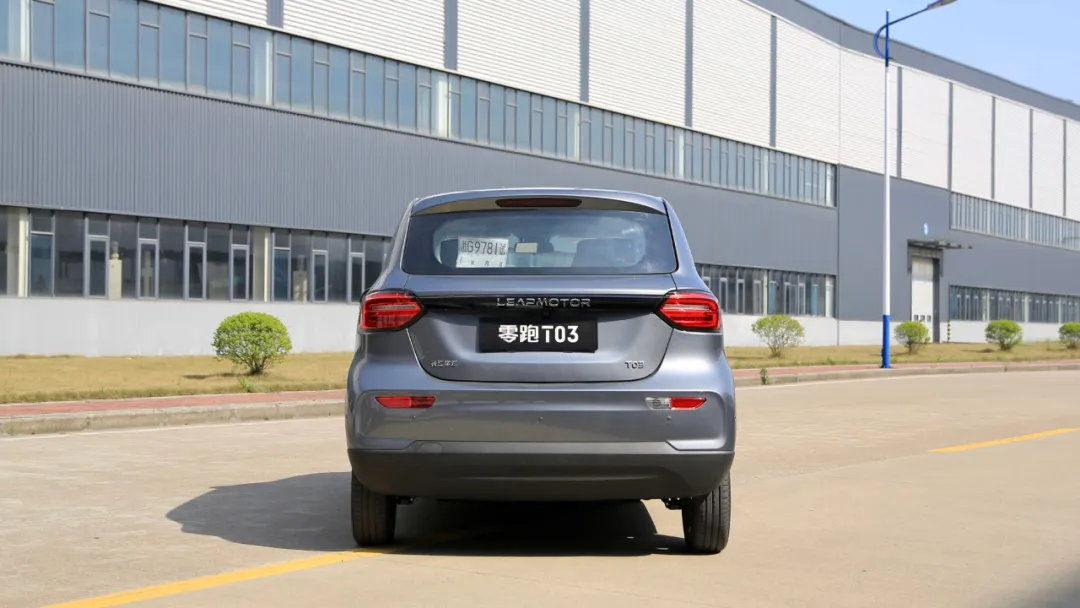
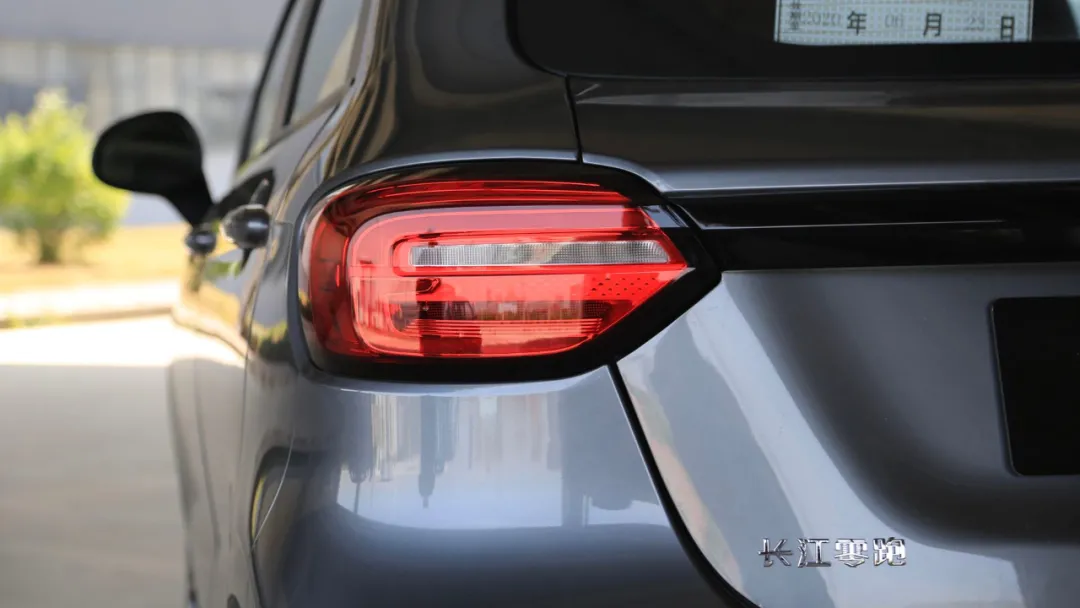
In summary, compared with the uniqueness of S01, although T03’s appearance is not stunning, it is coordinated enough and has some exquisite features that most users can accept. This is also a very important step for LI to open up the market.Regarding the color options, T03 comes in five colors: blue, yellow, black, white and gray. However, for a small car like T03, black, gray and blue might be too conservative. It would be more eye-catching to use some brighter colors.
Does T03 have the highest configuration among micro cars?
Let’s start with the following data comparison:
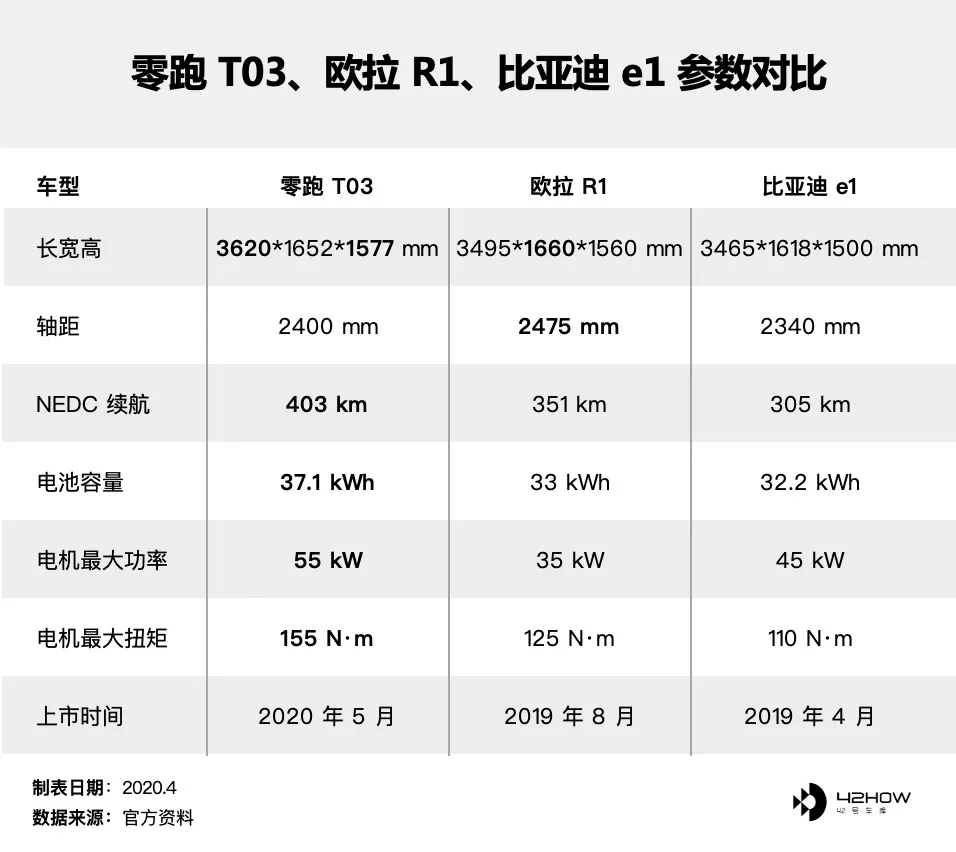
Compared to other cars in the same class, T03 is nearly 20 centimeters longer. The wheelbase is average at 2400 mm. After adjusting the front seats to accommodate a colleague who is 178 cm tall, I sat in the back seat, leaving plenty of legroom without feeling cramped. Moreover, there is enough space under the front seat to place your feet, which makes for a comfortable seating position.
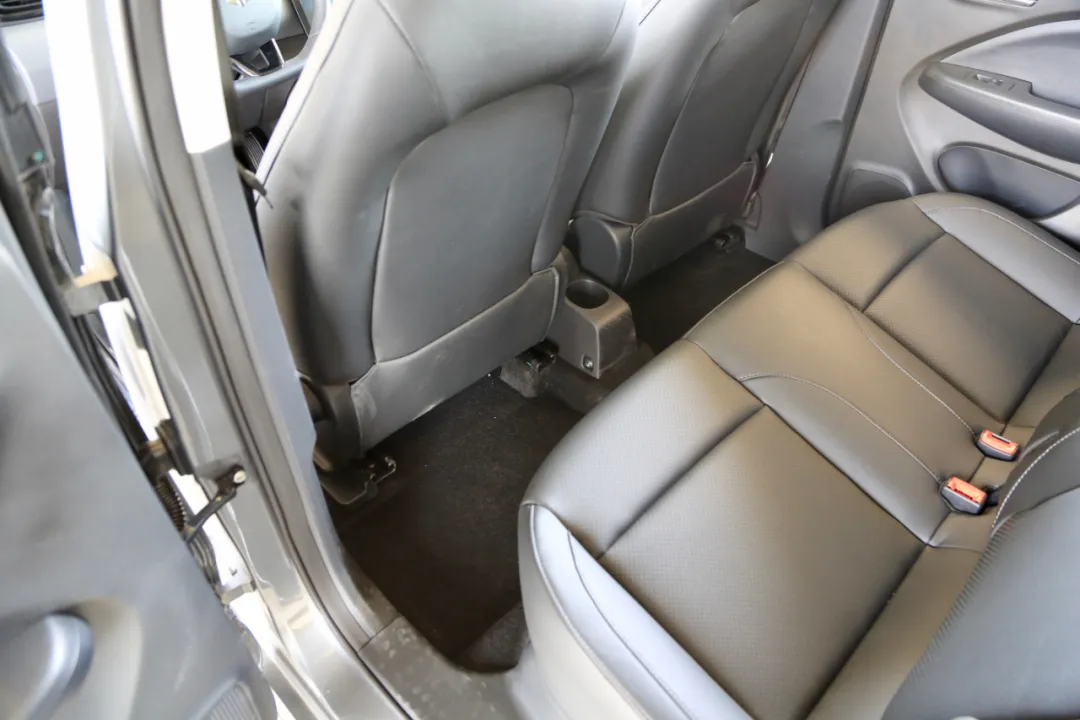
The high-end model features leather seats with stitching. Although the padding of the front seats is medium-firm and not particularly enveloping, the range of adjustment is broad. This is uncommon in micro cars, and the driver seat has six manual adjustments.
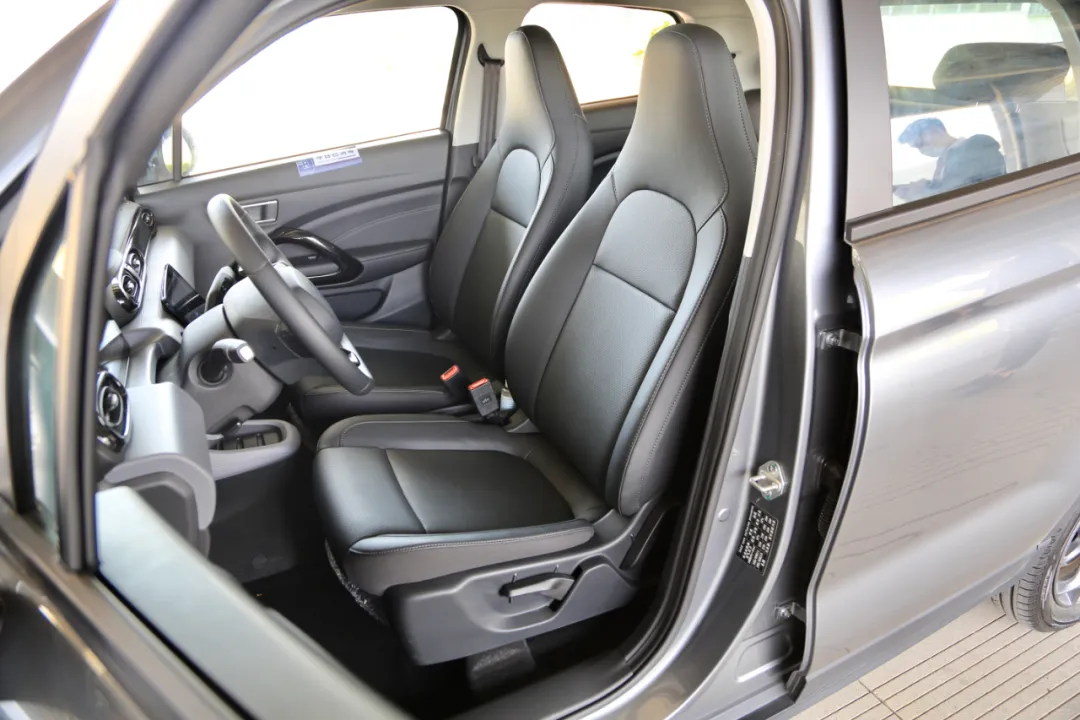
As a city car, T03 is not designed to accommodate four passengers frequently. However, two-person travel demand is relatively high. The right wheel arch on T03 intrudes on the legroom of the front passenger to some extent. When sitting normally, the posture of the right foot of the front passenger is not natural. We have already reported this issue to the EV start-up Zhi Dou, and hope the final production version can be improved.
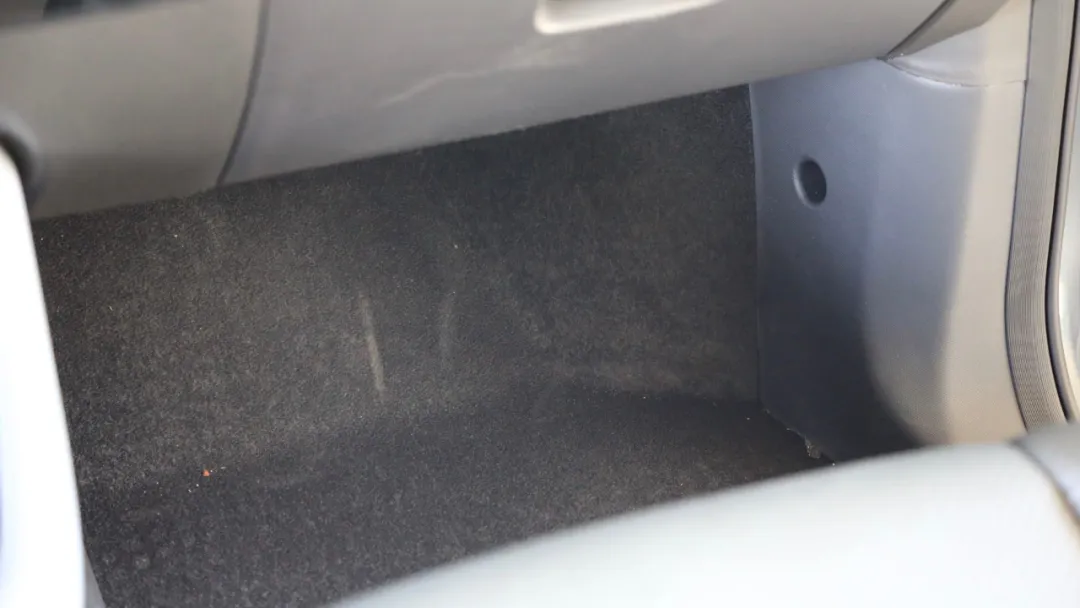
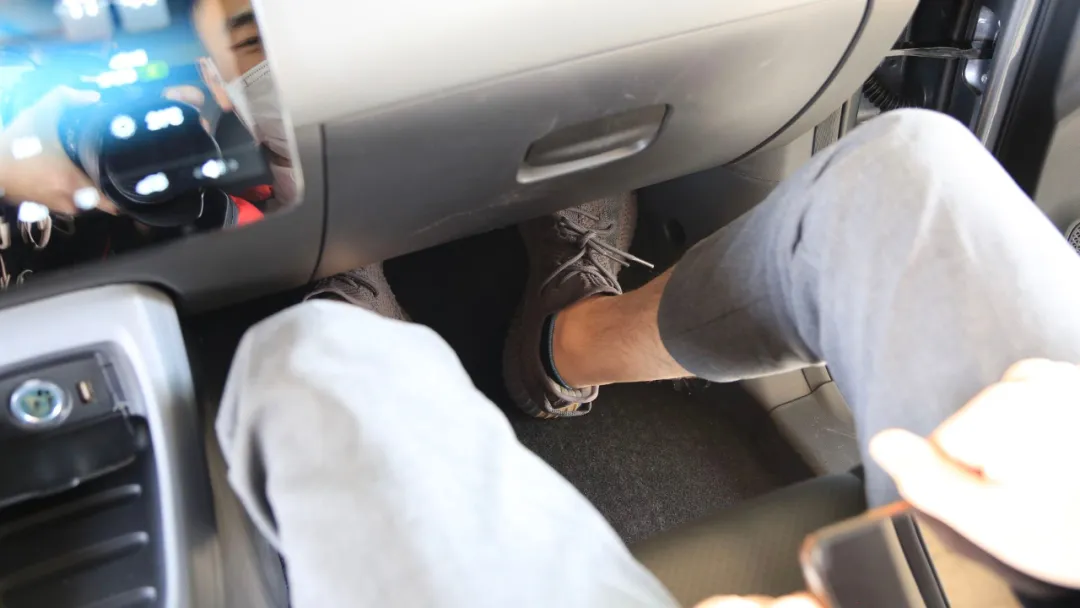
The back seat cushion is thick and soft, and the inclination angle of the backrest has some advantage over other cars in the same class. However, the cushion is relatively hard, which may cause fatigue during long-distance travel. However, T03 is positioned as a city car and is not suitable for long-distance travel.
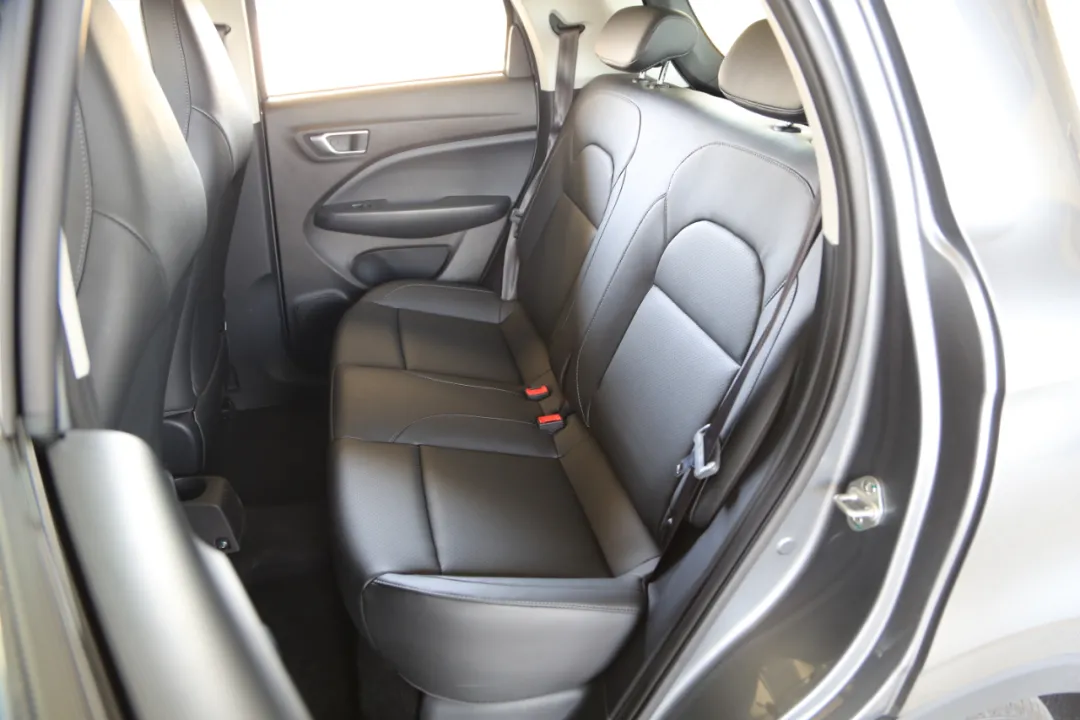
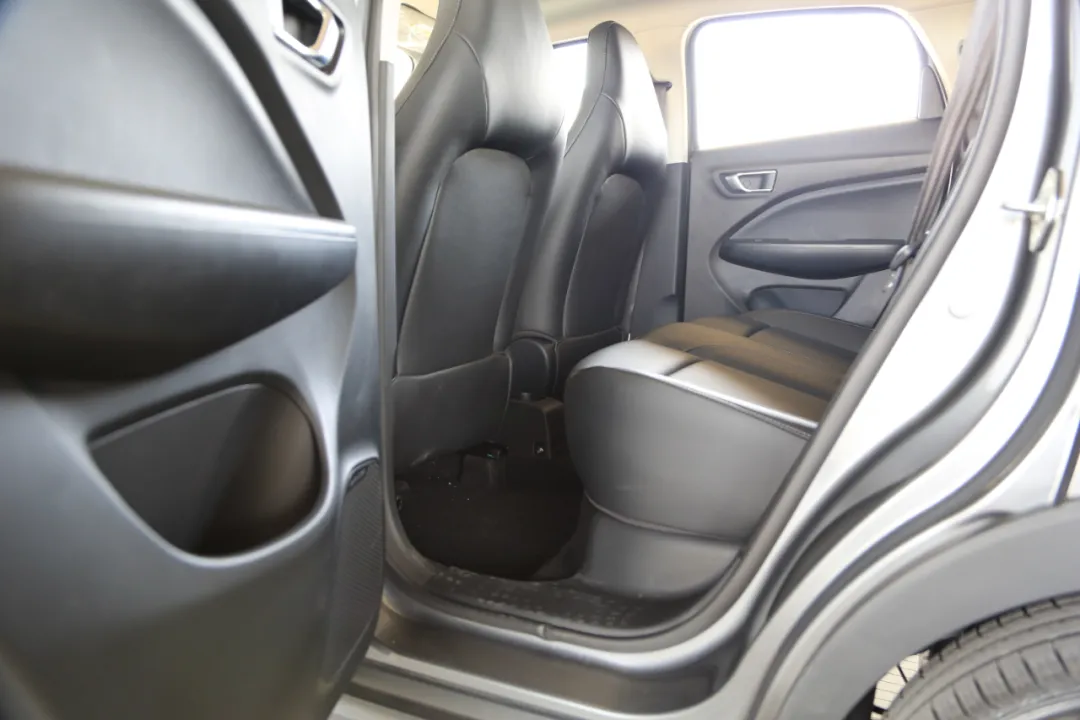 Although T03 is a small car for urban commuting, it still takes good care of the rear passengers. Most cars in the same class have non-lifting negative pressure type ventilation windows at the rear, while all four doors of the LI T03 have electric lifting windows.
Although T03 is a small car for urban commuting, it still takes good care of the rear passengers. Most cars in the same class have non-lifting negative pressure type ventilation windows at the rear, while all four doors of the LI T03 have electric lifting windows.
As for the trunk, since T03 is not equipped with a spare tire, the depth of the trunk is very deep, which is enough for daily grocery shopping. However, due to the certain inclination of the rear seats, the available height is not very high. If there is a need to transport large items, the rear seats can be folded down.
Unfortunately, there is no external physical opening button for the T03 trunk. Every time the trunk needs to be opened, it can only be done by long-pressing the opening button on the car’s internal screen or the trunk opening button on the key. This is somewhat inconvenient in actual use.
As for the interior storage space, there are convenient storage compartments near the door panel and central console, and the storage space has not been excessively reduced due to the smaller body size, which is still practical.
In terms of interior design, although it is not particularly stunning, there is no obvious sense of cheapness when sitting in the car. The materials used are mainly hard plastics, and the areas of the car door panel that are often touched by hands are wrapped in soft leather. Although it is a PP car, the overall assembly process is very good, and the seams of the interior coverings are small. The interior will not produce any abnormal noise or looseness even when driving on bumpy roads.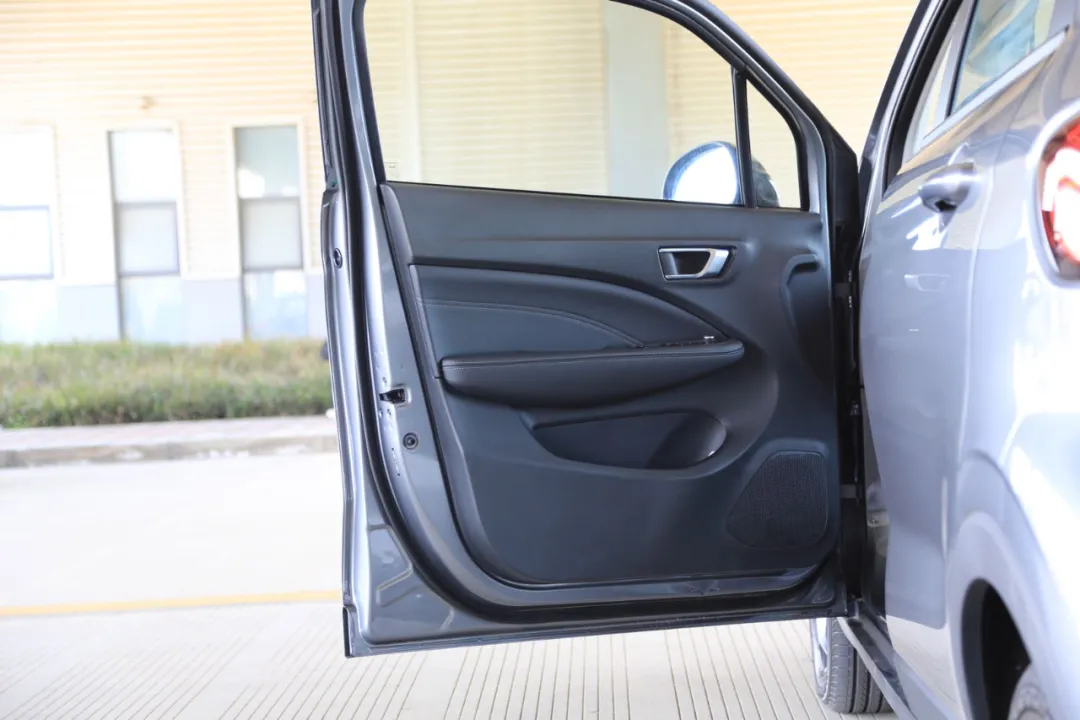

Here I would like to mention that LI Automotive has a self-built factory located in Jinhua, Zhejiang. The factory has already completed the four major processes (stamping, welding, painting and final assembly). Among them, the stamping, welding and painting of model S01 are all carried out in Jinhua factory, while the final assembly is completed in Hangzhou Changjiang Automotive factory. As for model T03, all the processes, from stamping to painting, are completed in the self-built factory in Jinhua.
Finally, let’s focus on the configuration. There are two outstanding features of the configuration, the high level of configuration and the fact that this is the only mini-car model with L2 assisted driving function.
There is not much dispute about the first point. A comparison with other similar models demonstrates its superiority.
To give a few examples, L2 assisted driving, remote control via mobile phone, keyless start, heated rearview mirrors, electronic parking brake, rearview camera, automatic parking, dashcam, and rear-disc brakes are all rare features for similar models. The panoramic sunroof is also a rare bonus feature.
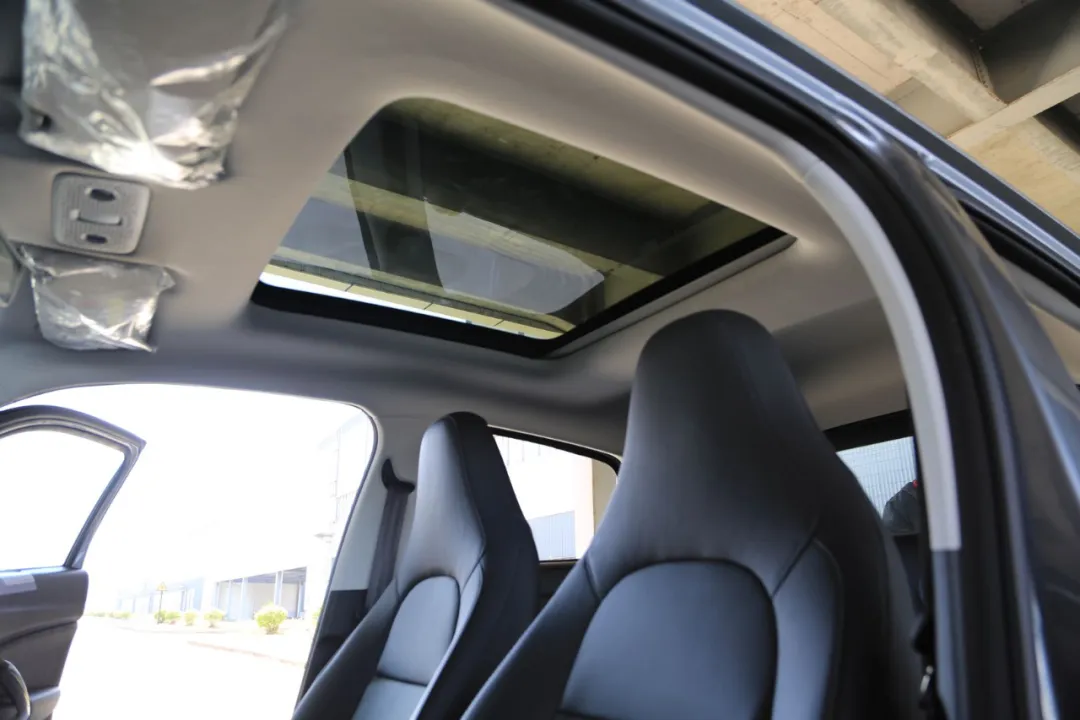
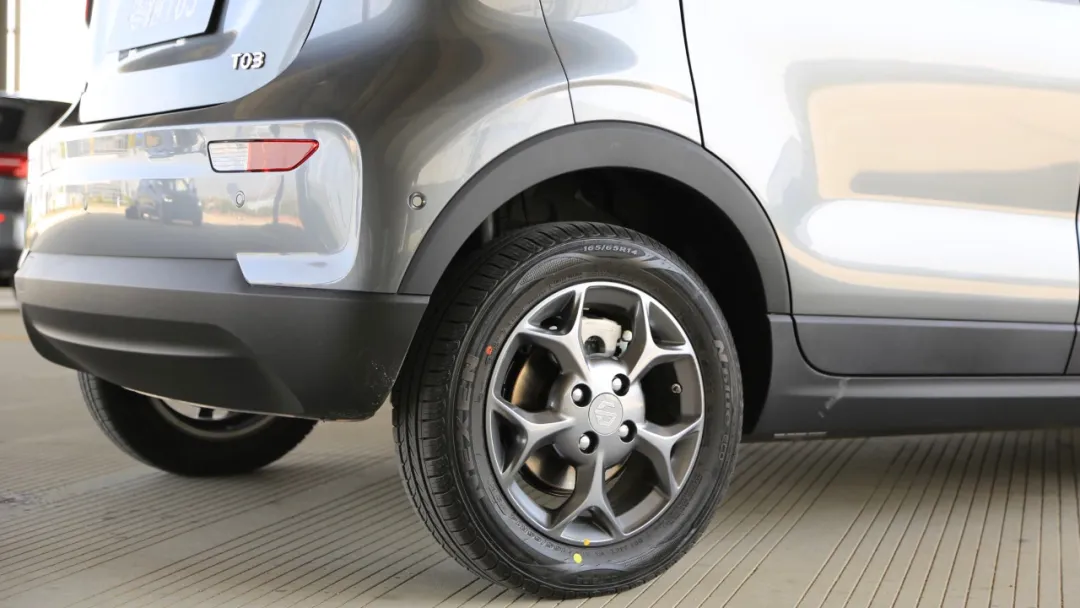
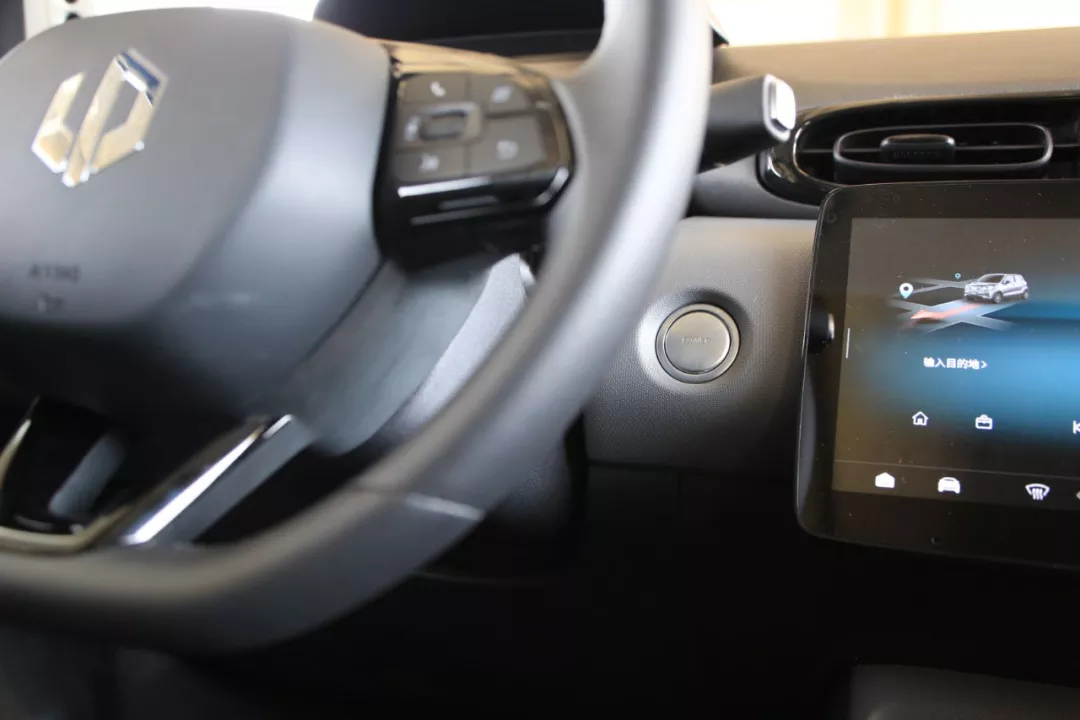
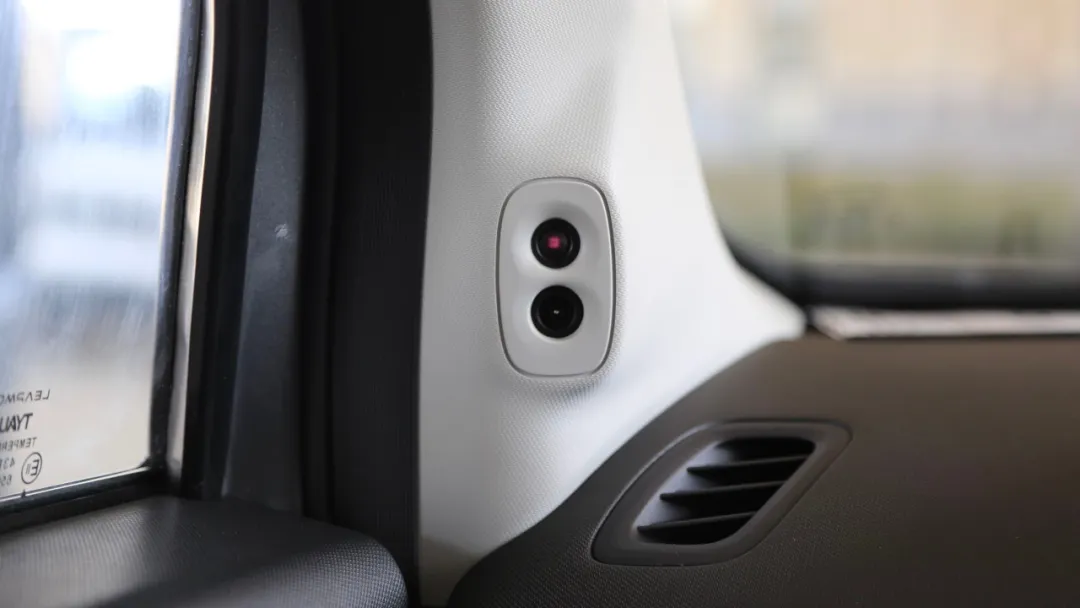
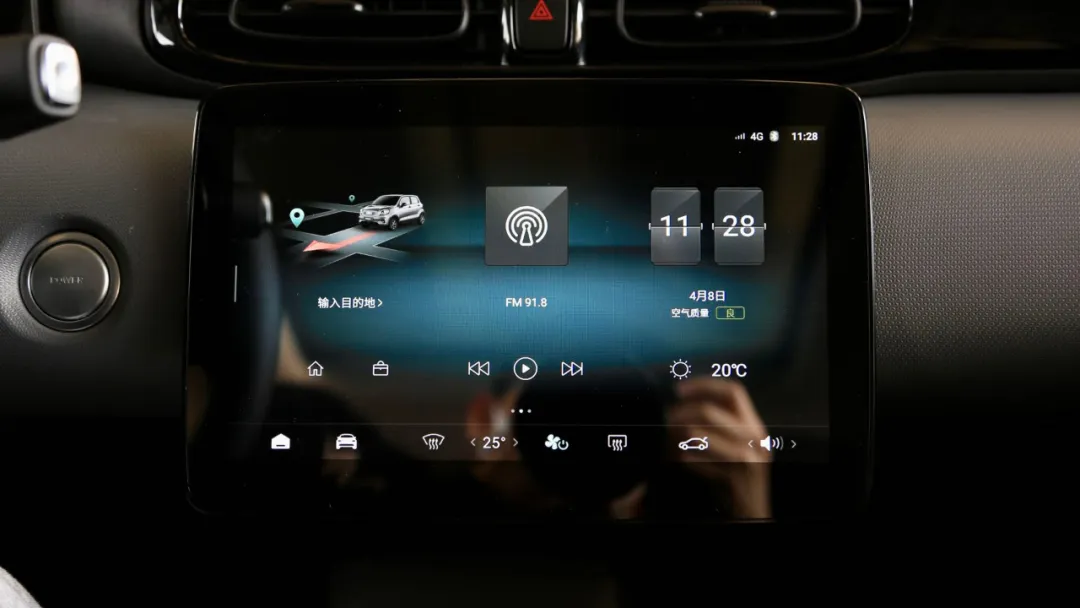
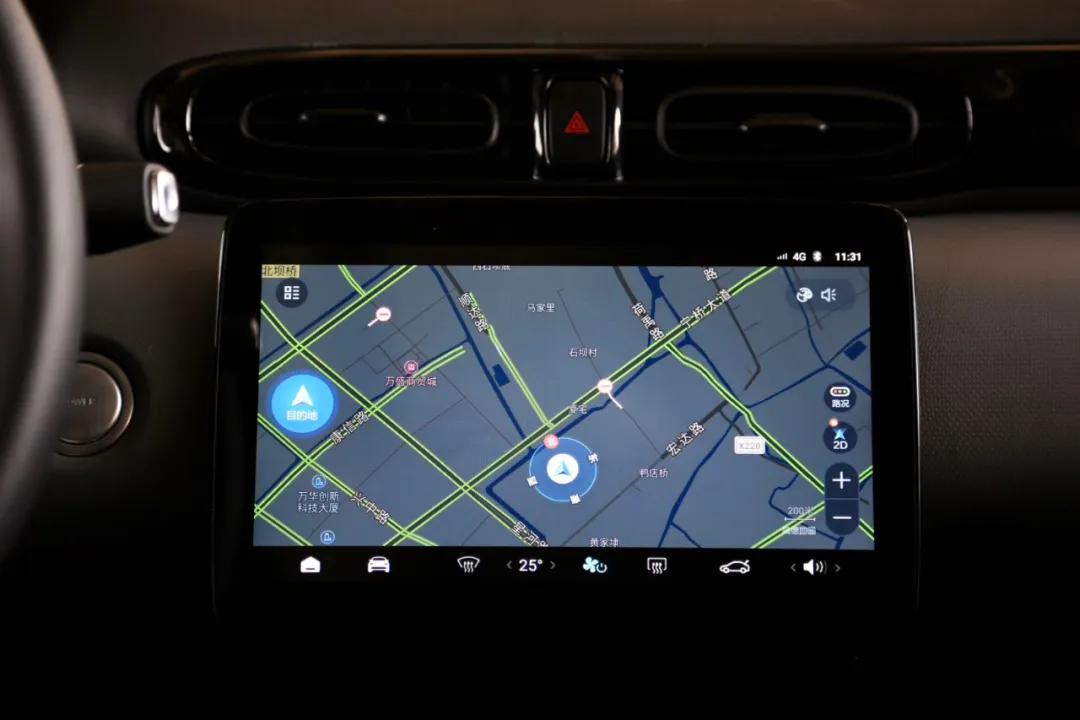
For many consumers who purchase a second car in first-tier cities for daily commuting, the first car is usually not too shabby. Therefore, the higher the comfort level of the second car, the smaller the difference and the less noticeable the gap in the use experience.
Regarding L2 assisted driving, LI T03 is the only mini-car model equipped with L2 assisted driving. T03 is equipped with one front monocular camera, one millimeter-wave radar and 11 ultrasonic sensors (6 in the front and 5 in the rear) as hardware for L2 assisted driving.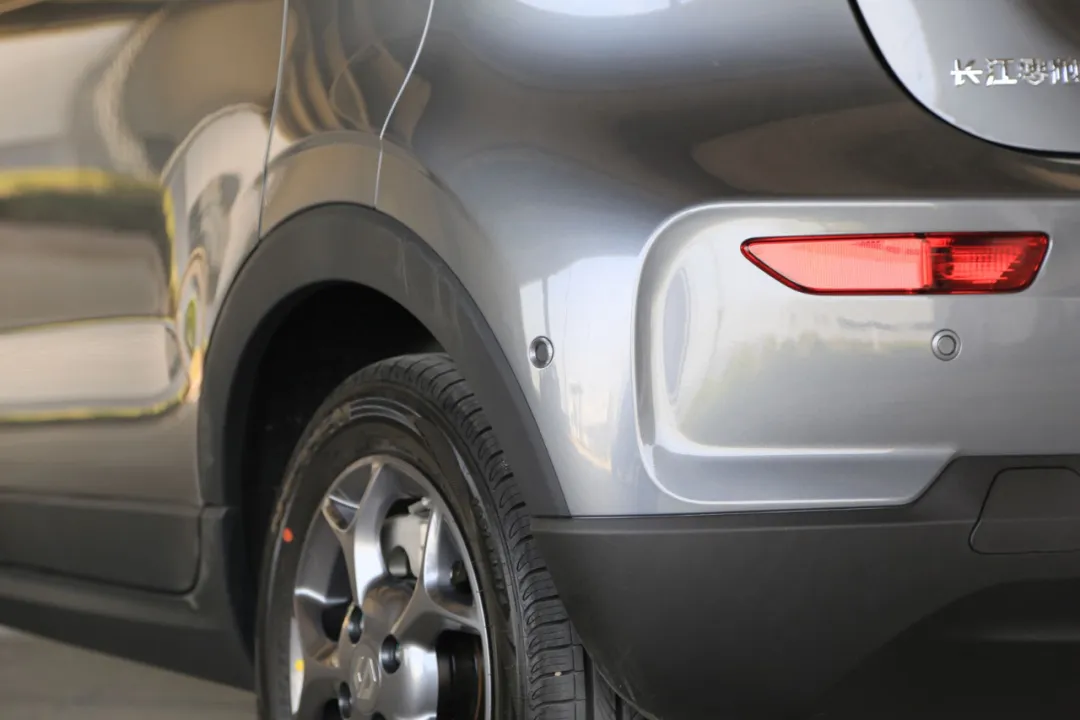
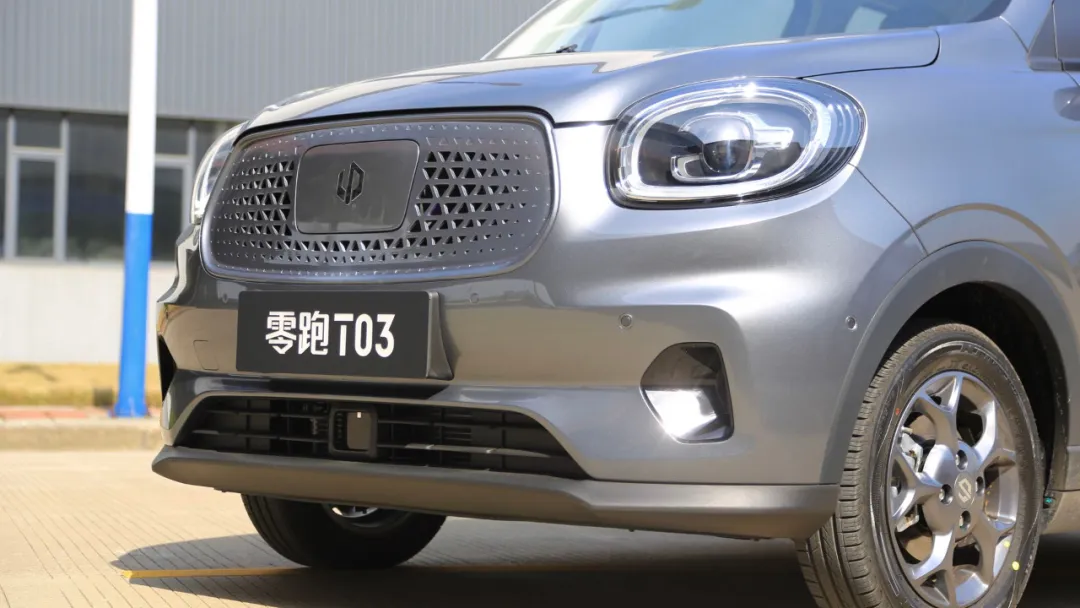
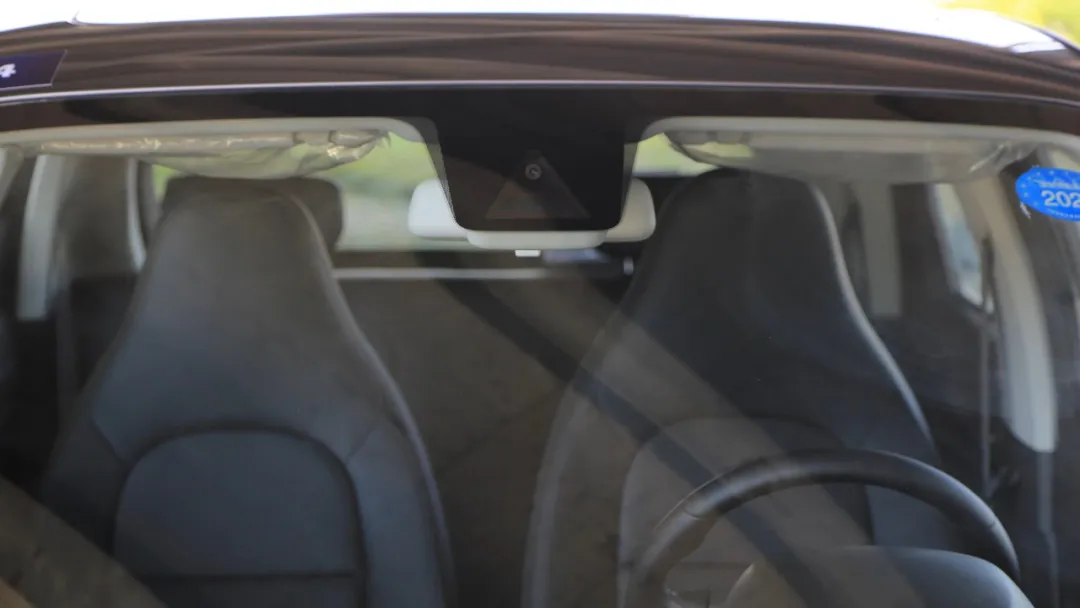
The front monocular camera is not only used for vehicle identification in assisted driving, but also serves as a driving recorder. This does not mean that LINGPAI is stingy, but instead brings high integration advantages through self-developed software, and achieves more functions at a lower cost.
Unfortunately, LINGPAI’s self-developed L2 assisted driving system has not yet been opened up. Currently, from the perspective of visual recognition accuracy and stability, there is still room for improvement.
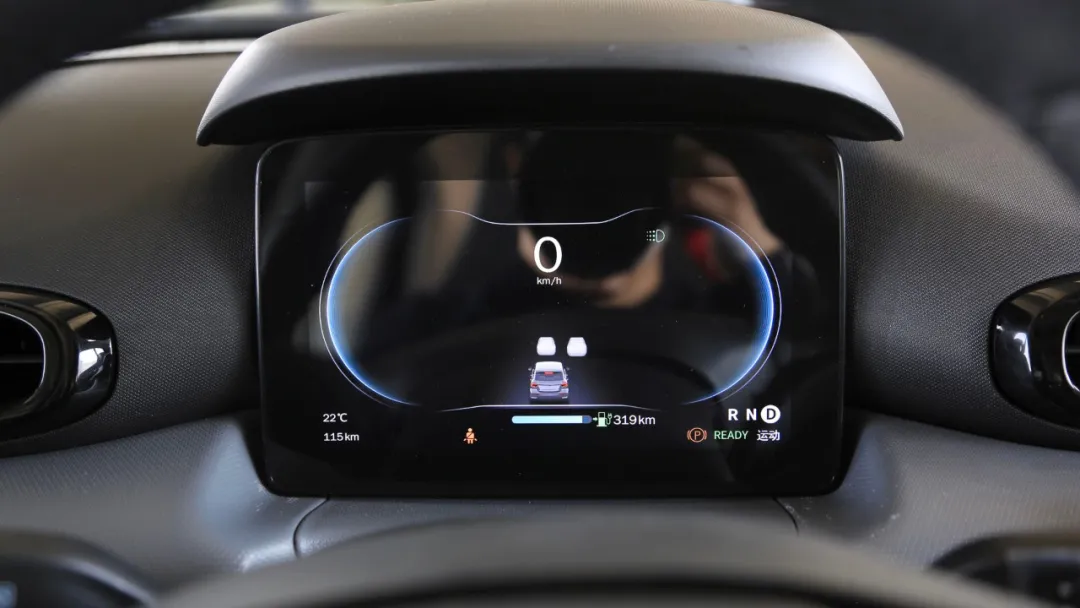
Next, let’s discuss a question: for small cars without assisted driving, is assisted driving a pseudo-demand?
Firstly, the environment for assisted driving is only enclosed road sections such as highways and ring roads. Secondly, the positioning of T03 is a commuting car, and there is no demand for high-speed driving. That is to say, only short-distance trips with elevated roads are the place for LINGPAI T03 assisted driving.
Although the usage range is relatively limited, it can be found that in this scenario, there is a specific group of people, which is the users who commute in first-tier cities. From our Weibo comment section and community communication records, there are indeed some people who hope to have a small car with assisted driving, so this is a niche demand rather than a pseudo-demand.
However, whether to add assisted driving or not requires a balance between cost and demand.
LINGPAI’s parent company is Dahua Technology, which has certain advantages in hardware compared to other car companies, and its software is self-developed. Therefore, compared to buying a package solution from a supplier, LINGPAI has a certain cost advantage. LINGPAI staff revealed that the top-of-the-line T03 with L2 assisted driving will be priced at less than 80,000 yuan.
After I revealed the expected price of LINGPAI T03 on Weibo, many users who had already bought a small car of the same level felt a bit regretful.
Therefore, in terms of configuration, T03 is outstanding.
Unexpected Chassis Quality
For this level of small car, there is often not much hope for battery life and driving quality. However, there are a few aspects of LINGPAI T03 that surprised me.
Firstly, the endurance is impressive. In the 2400mm wheelbase, LINGPAI squeezed in a 36.5 kWh battery, which is larger in capacity compared to other vehicles of the same level with a 33 kWh battery.Although the increase in battery capacity means a significant increase in cost for small cars whose selling price is not high, the benefit it brings is that the T03 has become the only model in this class with a range of over 400 km, reaching 403 km under NEDC. Although most users who buy such small cars have the condition to charge at home, the range is always a significant factor.
Additionally, the T03 adopts CATL’s 811 ternary lithium battery.
Secondly, in terms of power, the T03 is equipped with a permanent magnet synchronous motor, with a maximum output power of 55 kW and a maximum torque of 155 N·m, far surpassing vehicles of the same class. The advantages brought by the larger motor are also very obvious, especially in the mid-to-late stage of acceleration, which is more powerful.
Thirdly, for a microcar, one should not expect too much fun in terms of handling. However, what surprised me is that even at higher speeds over some larger bumps, the chassis’s performance is impressive. On the one hand, there is almost no sense of looseness, and on the other hand, all vibrations are filtered very comfortably, without any extra secondary vibrations, there is no feeling of being overwhelmed.
Of course, although the range, power, and chassis performance of the Leapmotor T03 are amazing, there still is some cheap feel in terms of the steering response.
In conclusion:
With more and more choices in the market of micro pure electric vehicles, Leapmotor T03 is a newcomer with sincerity from configuration to range, power to chassis quality. So the remaining question is, would you reject a car because of its brand?
This article is a translation by ChatGPT of a Chinese report from 42HOW. If you have any questions about it, please email bd@42how.com.
